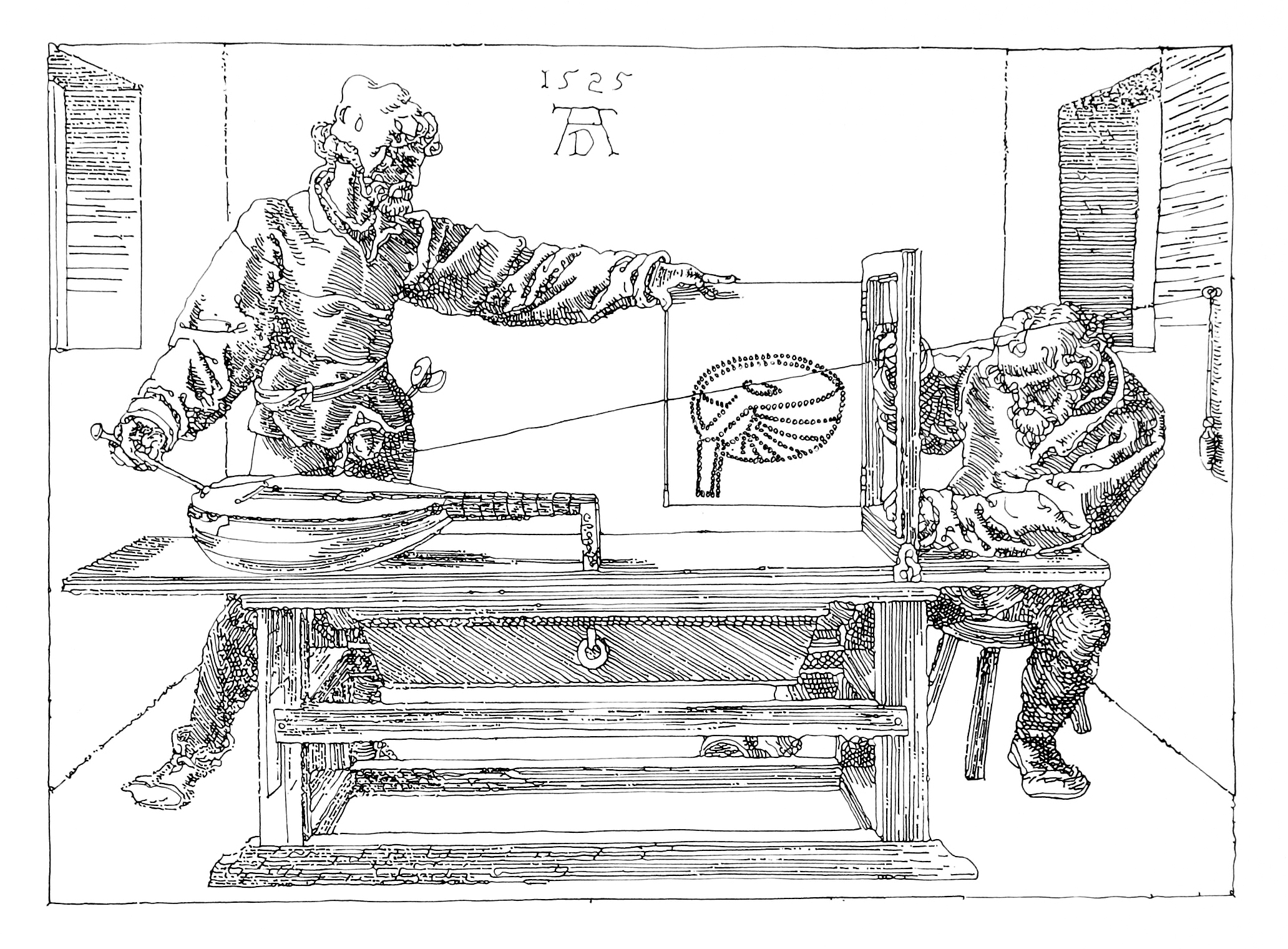What is a Swaging Machine
Swaging is a process that can be performed manually by hand or automated via machine. Swaging machine consist of two or four dies beneath an automated hammer tool that separate and close over a workpiece to apply compressive forces.
Many people may be familiar with swaging when it comes to furniture legs, as the process is used to form metal tubing into desirable shapes such as casters. However, the same method can also be used to decrease pipe diameter.
The Basics
A swaggering machine (pronounced: /’sweIdZ/) is a metal working machine that can change the size of an item or shape it. It can do this by forcing a cylindrical part, such as a tube or rod, through a die to reduce its diameter or by using a series of shaped dies to hammer the item into a different shape.
The Huth 1673 portable swager, reducer and expander machine can create one-of-a-kind end forms that connect pipes and tubes to other pieces of equipment. It can also be used to enlarge a small section of a tube or pipe with a deeper inside diameter.
This is a simple to operate machine that can be set up and running within minutes after unpacking. It has a high-end microcontroller and touch-screen HMI that allow the user to enter settings in “recipes” that are automatically saved. It features a patented geometry-controlled swaging die mechanism that is not force-controlled, resulting in extremely consistent swaged diameter.
Materials
The swaging machine can be used to swage metal components to a specific size. This is a more controlled process than shooting the rubber part into a metal sleeve, and it also reduces the amount of inventory that needs to be kept on hand.
A swaging machine uses two or four split dies that separate and close up to 2,000 times per minute. These dies are mounted on a spindle that rides inside a cage of rollers (looks like a bearing). As the spindle rotates, centrifugal force pushes the hammer blocks against the dies, compressing them and swaging the workpiece.
A rotary swaging machine is commonly utilized for pointing, reducing and forming metal wires, rods and tubes. Long lengths of tubing can be swaged to produce a shallow taper that is often utilized in furniture legs and multiple sporting goods products. This process can also impart internal shapes in hollow workpieces utilizing a shaped mandrel.
Variations
There are three basic types of swaging machines. Tube swaging utilizes stock that has been reduced in diameter on one end and/or tagged (reduced in profile for easy insertion into a die) then the swager is used to draw the stock into the die via a pull mechanism. This type of swaging is commonly used to install and secure termination and joint fittings onto steel wire and rope cables.
Another type of swaging machine is a long die swager that uses the same working principle of a rotary swager but is capable of creating longer, shallow tapers on nonferrous and ferrous materials. This swager can be used to manufacture components such as recreational ropes course cables, sailing rigging and multiple sporting goods as well as products utilized in aerospace.
A bullet swager is similar to the long die swager but works with smaller, non-ferrous materials such as copper and aluminum. This type of swager is used to flare or bell the ends of tubes and rods for use with specific fittings.
Applications
Swaging is a hammering process that forms metal wires, bars and rods to another specific cross section. The process provides extreme consistency because the swaged diameter depends only on the geometry of the die and not the force or pressure settings. It also eliminates the formation of chips and allows for a tighter tolerance.
Within the military, swaging is used to form items such as gun barrels and anti-tank rocket tips. MS-spec fittings are also swaged into cable assemblies for marine rigging and sailing applications.
Swaging machines are also used to assemble control rods into aerospace tubes and fluid transfer tubing. Medical products such as catheter bands and hypodermic needles are also swaged for durability and to grant a stronger mechanical assembly. Lastly, metal legs on furniture are often swaged for better strength. Swaging saves labor because highly skilled operators are not required and multiple machines incorporating feeders and material handling systems can be tended by one operator.

